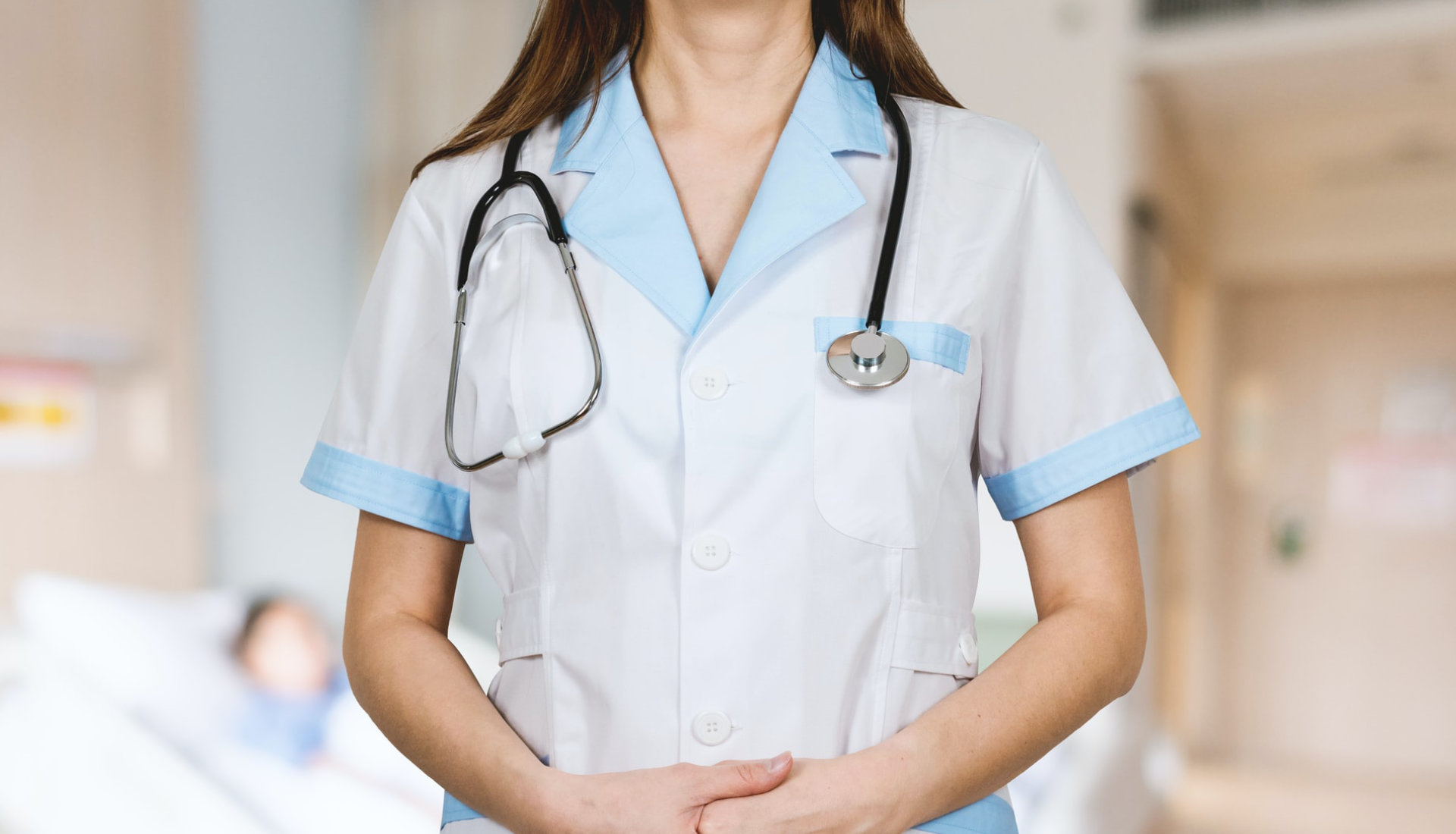Paulo Melo, a researcher at the Instituto de Saúde Pública da Universidade do Porto (ISPUP), is the first author of three articles that present a rigorous approach to the control of SARS-CoV-2 infection in dental clinics, applicable during the most critical period of the pandemic.
The works, recently published in the International Dental Journal contain recommendations aimed at helping dentists in the earliest stage of the COVID-19 pandemic.
“Although some of the proposed guidelines are not currently required, many of the procedures indicated may still be necessary in countries with unfavorable epidemiological situations”, says the researcher, who is also a professor at the Faculdade de Medicina Dentária da U.Porto and who coordinated the response to COVID-19 at the Ordem dos Médicos Dentistas (OMD), in the first months of the pandemic, in Portugal.
“These three articles present recommendations for clinical practice that can be applied anywhere in the world. Having been submitted before the start of the vaccination phase, they remain useful and current, due to the versatility of the measures applied and the way they explain how dentists should adapt their practice to the epidemiological situation in each country”, he says.
A model for managing risk in dental clinics
The first article in the series of three, entitled COVID-19 Management in Clinical Dental Care Part I: Epidemiology, Public Health Implications and Risk Assessment, provides a general framework on the epidemiological conditions of SARS-CoV-2 and proposes a model for managing risk in dental clinics.
Considering the modes of transmission of the novel coronavirus, the paper specifies that “the environment for dental care must always be considered a risk for the professionals involved, since there is interpersonal contact within one meter, there is contact with saliva and, in some cases, aerosols are produced”.
The article emphasizes that dentists must assess the risk of each visit to the office, considering three factors: the epidemiological situation of the country when the service is provided; the patient’s characteristics; and the type of procedures to be performed.
Regarding the epidemiological situation, the study indicates that “the protection measures to be implemented vary, according to the epidemiological context that each country is undergoing”. According to Paulo Melo, “there are contexts in which the degree of contagion is very low and, therefore, extreme procedures are not necessary, and others in which we must be as careful as possible. It is up to the dentist to carry out this evaluation”.
Regarding the assessment of the patient’s degree of risk, it should be kept in mind that anyone can carry the virus, even without symptoms, and that it is necessary to screen patients who may be infected with COVID-19. It is also important to identify high-risk individuals – those who once infected with the virus can develop more severe forms of the disease – and ensure that they are really protected when they go to the dentist’s office or clinic.
The work emphasizes that the procedures taking place in the office must be classified into low, moderate, or high-risk interventions, depending on whether or not aerosol production occurs. “Although there is still no solid scientific evidence in this area, the procedures that involve the production of aerosols are always considered to be of high-risk and, therefore, must require the utmost care”, explains the researcher.
The office team should be responsible for managing these considerations, following the recommendations of the local health authorities.
Proper use of personal protective equipment
The second article in the series of three, entitled COVID-19 Management in Clinical Dental Care Part II: Personal Protective Equipment for the Dental Care Professionals, focuses on personal protective equipment (PPE) to be used in the clinic and addresses the importance of vaccination.
The authors analyze the PPE available to the dentist, specifying the appropriate way to use it. “Specifically, we explain how professionals should wear and remove PPE, and the sequence in which the placement and removal of equipment must be done, so that they are not contaminated during the process”, he adds.
The study stresses that the choice of PPE must take into account the level of risk of the procedure, the state of infection in each country, the prevention policies implemented and the PPE available. If the ideal equipment is unavailable in the country, alternatives that are equally valid and safe need to be used.
“In this article, we intend to give clear instructions to dentists, so that they can then decide for themselves what they can do, depending on the epidemiological situation in which they find themselves”, says Paulo Melo.
Carefully maintaining the dental clinic
Finally, the last article, entitled COVID-19 Management in Clinical Dental Care Part III: Patients and the Dental Office, presents recommendations on the care to be taken in maintaining the dental clinic, and highlights protective measures to be implemented by the dentist as well as the patient.
The document highlights, for example, the importance of remote screening patients, via phone or email, before scheduling the appointment, to find out if they are able to go to the office, and the scheduling of appointments for patients in high-risk group, is recommended for early morning or late afternoon.
It also refers to the need to pass on information to patients on the procedures to be adopted, from the moment they enter the office until they leave.
Additionally, hygiene and disinfecting measures to be implemented in the common areas of the office – reception, waiting room and bathrooms – are indicated and the procedures that dentists must follow to minimize the risk of contagion during appointments are mentioned.
“With these three articles, we sought to provide relevant information for the management of the pandemic by dental clinics during the most critical period of the COVID-19 pandemic, providing simple and easy-to-access information. These guidelines serve as a reference for the future, in case we are faced with new pandemics”, states Melo.
“Some countries are now at an advanced stage of the vaccination plan, prioritizing groups at risk, which also implies adapting the recommendations presented. It is important to underline, however, that, even if vaccinated, the patient can be a carrier of the disease, so the procedures must remain adapted to the local epidemiological reality”, he concludes.
The three works are signed by Portuguese authors, from all the dental schools in the country, who were part of the OMD working group, responsible for the response to COVID-19, until July 2020.
About Paulo Melo
Paulo Melo is a researcher at the Epidemiology Research Unit (EPIUnit) at ISPUP and at the Laboratory for Integrative and Translational Research in Population Health. He is also a professor at the Faculdade de Medicina Dentária da Universidade do Porto.
In Portugal, he was responsible for coordinating the response to COVID-19, in the field of dentistry, at the OMD, and is an external expert on the recommendations issued by the World Health Organization (WHO) on the subject.
He is the coordinator of the working group of the International Dental Federation (FDI) in response to COVID-19 and belongs to the FDI Board, which represents dentists from all over the world, with the WHO and other international institutions. He is also a member of the Board of the Council of European Dentists – the organization that includes dental associations from all countries of the European community.
Image: Pixabay/StockSnap



